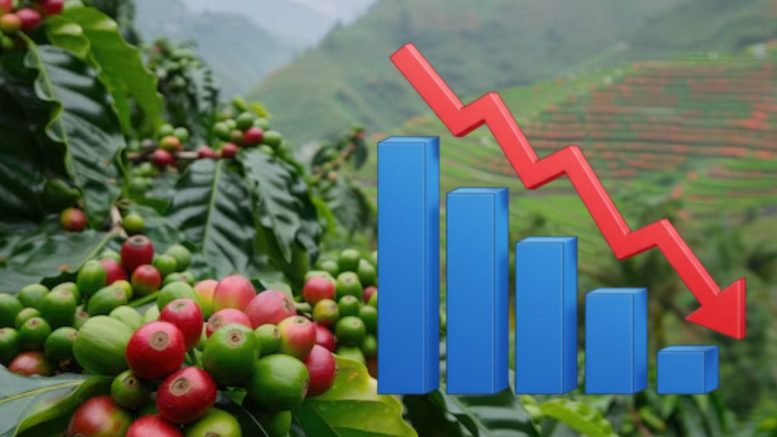Coffee Prices Continue to Fall in Colombia
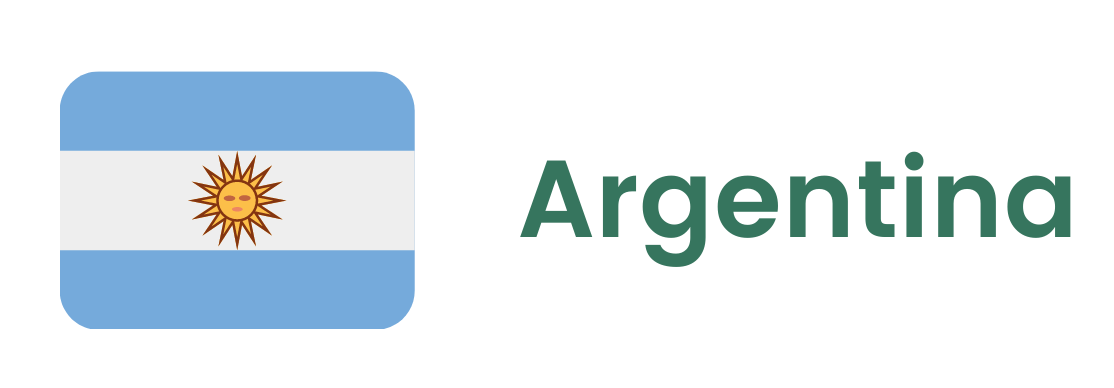
The country will have to request a waiver from the IMF for failing to meet the target for accumulating foreign exchange reserves included in the new agreement of US$ 20 billion. The agreement established economic goals, including eliminating the fiscal deficit, lowering inflation and rebuilding the central bank’s foreign exchange reserves, which were in the red. The government managed to reduce inflation with austerity measures, but had more difficulty accumulating reserves, which fell below the IMF’s requirements. (Government of Argentina)
First polar cold wave of the year with extreme temperatures and unusual conditions in several parts of the country. Although the weather situation tends to stabilize, there is still a possibility of isolated snowfall on the southern coast of the province of Buenos Aires, especially in the areas between Necochea and Mar del Plata. (Meteored)
The Argentine Rural Society, Coninagro, the Argentine Rural Confederations and the Agrarian Federation have asked the Government for clear rules and predictability regarding withholding taxes (export taxes). This Tuesday, July 1, marks the end of the decree that established a temporary reduction in the Export Tax rates for soybeans and corn, among other crops. The temporary reduction had reduced the withholding tax on soybeans from 33% to 26% and on corn from 12% to 9.5%. Only the reduced rates for wheat and barley were postponed until March 31, 2026. The return to the previous tax structure has rekindled criticism from the agricultural sector. (Argentine Rural Society)
Exporters registered sales in June of 6.1 million tonnes of soybeans and their oil and meal derivatives, 22% above the five-year average of 5 million tonnes, before the export tax increase, the Rosario Stock Exchange reported. (BCR)
Argentina made its first soybean meal export to China since approval in 2019, with 30,000 tonnes scheduled for delivery in September to Guangdong province. (Argentine Institute of Statistics and Census)

The president of the Parliamentary Front for Agriculture, Congressman Pedro Lupion, stated that the 2025/26 Harvest Plan (Brazilian Government’s agricultural financing plan) “is more of a marketing ploy than an effective policy”. According to him, the announced amount of US$ 95.11 billion for corporate agriculture contains distortions and omissions that compromise the transparency of the program and impose unprecedented costs on the productive sector. (FPA)
Brazil’s 2025 coffee harvest leaves no room for carryover stocks. “In general, the 2025 Brazilian coffee harvest (including Arabica and Conilon) is insufficient for us to reach the end of this season with excess stocks,” said StoneX coffee analyst Fernando Maximiliano. (StoneX Consultoria)
The Mato Grosso Institute of Agricultural Economics released a report showing updates on the corn harvest in the State of Mato Grosso. The average price of a bag of corn closed last week at US$ 7.34, a weekly drop of 0.79% and which leaves the level below the US$ 7.35/bag stipulated as the minimum by the National Supply Company. “In recent months, a shortening of the gap between the price in the State of Mato Grosso and the minimum was observed, due to the depreciation of the price in the state, a result of the higher production expected for the 2024/25 season compared to the 2023/24 season”. (IMEA; Conab)
Brazil’s gross public debt as a proportion of GDP reached 76.1% in May, from 76% in the previous month. In the month, the consolidated public sector recorded a primary deficit of US$ 6.22 billion. (Central Bank)
Wheat planting in the State of Paraná has fallen by 25%. High production costs and reduced rural insurance resources are the main reasons. According to Carlos Hugo Godinho, an agronomist at the Department of Rural Economy: “Normally, we have a situation that allows farmers to take more risks because the insurance part is subsidized and this ends up reflecting in an area that is at least normal here in the state. This year, with some rule changes, this also ended up inhibiting planting a little, taking away the farmers’ appetite for taking more risks, since they will have to pay even more if there is a loss”. (Deral)
A study conducted by the Boston Consulting Group positions the Amazon as a “key piece” for economic development with “environmental restoration, social inclusion and reduction of climate risks”. The study mapped the economic potential of the transition to sustainable production models in the Amazon. The estimate is that the process could mobilize US$ 21.37 billion in investments by 2040, with an average profitability of 19% per year. (BCG)
Cotton prices on the New York futures market have not fallen enough to cause a reduction in planted area in South America, said Joe Nicosia, head of the cotton platform at Louis Dreyfus Company. During an event held by the National Association of Cotton Exporters, Nicosia said that the strength of the dollar against the real has offset part of the decline in cotton futures prices, favoring farmers and exporters in Brazil. (ANEA)
Sugarcane productivity in Brazil’s south-central region fell 12% in May when compared to the same period last year, according to the Sugarcane Technology Center. (CTC)
Default rates among farmers reached 7.9% in the 1Q25, an increase of 0.9 percentage points compared to the same period in 2024, as the sector faces cost-related challenges. The indicator, which considers debts overdue for more than 180 days and that were contracted with banks and companies related to the main agribusiness activities, increased by 0.3 points compared to the 4Q of last year. (Serasa Experian)

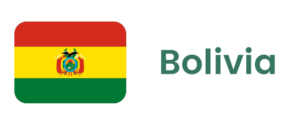
Association of Rice Mills of Northern Bolivia has guaranteed rice supplies for the domestic market until December 2025, with stable prices, despite losses in the field caused by adverse weather, lack of diesel fuel, and poor roads. Jimmy Prado, president of the association, has asked the government to take measures to reduce production costs. (Ingenor)
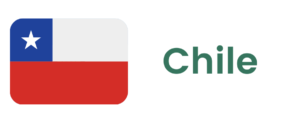
2024/25 avocado harvest reached its highest volume in 15 years, with 240,000 tonnes, exceeding initial estimates thanks to favorable weather, better fruiting, and the use of new technologies. 57% of production was exported, mainly to Europe, 77,000 tonnes, while 43% was destined for the domestic market. The planted area remains stable at 30,000 hectares. (Chilean Avocado Committee)
President of the National Agricultural Society, Antonio Walker, and Secretary General Juan Pablo Matte met with Minister Macarena Lobos, from the General Secretariat of the Presidency, to discuss concerns about environmental regulations from the Biodiversity and Protected Areas Service that could affect agriculture. Walker stated that Chile is a powerhouse in organic foods, and Matte highlighted ambiguities in the regulations that separate the environment from production. (SNA)

Coffee prices continue to fall and, on July 1st, 2025, reached their lowest level since November 2024, with further declines expected due to increased global supply and rains that have impacted production. (National Federation of Coffee Growers of Colombia)

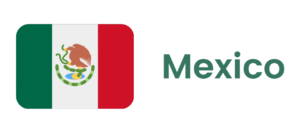
Japanese officials visited meat processing plants, avocado orchards, and packaging facilities in Mexico and confirmed that Mexican farmers meet Japanese requirements, strengthening bilateral collaboration and exports. (National Health, Safety, and Agri-Food Quality Service of Mexico)
Mexico and the United States have agreed to gradually reopen the border for live cattle exports starting July 7th, 2025, following a positive assessment by the US of Mexico’s strategy to control and eradicate screwworm infestation in cattle. (USDA; Senasica)

Corn exports between June 2024 and May 2025 fell from 3.3 to 1.9 million tonnes. Brazil accounts for 92% of exports, and Agrofértil leads exports with an 18% share among 71 companies involved. (Paraguayan Chamber of Exporters and Traders of Cereals and Oilseeds)
11% increase in cattle slaughter in the country during the first half of 2025 compared to the same period in 2024. (National Animal Health and Quality Service)

World leader in table grape exports for the second consecutive year, Peru gained access to the Israeli market after three years of negotiations. (Peruvian National Agricultural Health Service)
Agriculture generates around 4.3 million jobs in the country, representing 24% of the economically active population, but only 300,000 are in the formal sector. (Ministry of Agrarian Development and Irrigation)
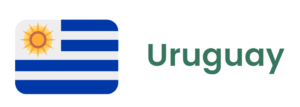
Frequent rains and low temperatures are hampering the planting of winter crops, especially in the South and on the coastal region. Wheat remains the main crop, with 315,000 hectares, traded at US$ 210 per tonne, followed by barley, whose area fell to 190,000 hectares and price stands at US$ 207. (Nuseed; Rural Union of Farmers of Uruguay)
Rural Federation of Uruguay met with the Commission for the Promotion and Defense of Competition to discuss Marfrig’s purchase of Minerva’s meatpacking plants, to understand what new information can be provided and that the current proposal is similar to the previous one, with arguments to be presented on July 15th. (FRU; Codeprec)

READ MORE:

